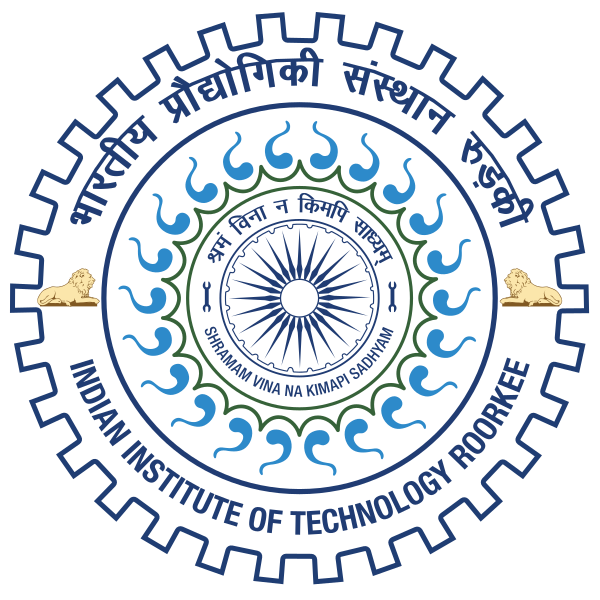Please use this identifier to cite or link to this item:
http://localhost:8081/jspui/handle/123456789/8734| Title: | A STUDY OF AERODYNAMIC BEHAVIOUR OF CABLE STAYED BRIDGE |
| Authors: | Saini, Dinesh Kumar |
| Keywords: | CIVIL ENGINEERING;AERODYNAMIC BEHAVIOUR;CABLE STAYED BRIDGE;HARDWAX CABLE-STAYED BRIDGE |
| Issue Date: | 1983 |
| Abstract: | The economical restraints and material scarcity has compelled engineers to design more slender structures using advanced methods of analysis. The slander structures though economical attract more aerodynamic forces which may cause instability in the structures. It was the collapse of Tacoma Bridge that made engineers to realise the importance of ero-dynamic 'study of bridge structures. The research and knowledge of the aeronautics and aerodynamics is brought to bear on the bridge problems, treating the bridge dock as an air foil. The results have been equally applicable to cable stayed and suspen-sion bridges. The cable stayed bridges although stiffer-than the suspension bridges require equal aerodynamic consideration. Out of the various mechanism causing instability namely Flutter, Torsional divergence, Buffeting and Galloping, only flutter and torsional divergence are important in bridge problems.So flutter and torsional divergence has been studied. Further the resp: nse of bridge tower is equally important • The two most common formsof aerodynamic excitation of the such structure expose.d to wind are the buffeting of structure by gust and Vortex induced excitation because of vortex shedding low from the downstream face. For the tower of relatively/heights such as Bridge Tower it is* not important to consider the across wind response so only along wind response has boon considered. For flutter study Scanlan' s method for the solution has been used. Since the aerodynamic forces acting on the deck can be obtained in terms of non-dimensional aerodynamic coefficients which in case of bridge deck necessarily require experimental extraction because theoretical determination as in case of air-foil is not possible. So the method of experimental extraction of the aerodynamic coefficients has been studied. Solution of the flutter equation as proposed by Scanlan require the solution of four degree and three degree polynomial. A direct method(non-- iterative) to get real and imaginary roots of such polynomials has been proposed. The flutter instability under various structural damping conditions has been studied in order to realise the remarkable role of damping in flutter instability. Torsional divergence which is a static instability (non-vibratory) does not depend upon ultimate structural strength but upon the structural flexibility and the manner in which the aerodynamic moments develop with twist. The torsional flexibility matrix of the deck has been obtained treating the deck as an space frame. The Jacobian method to obtain maximum eigon value has been used in order to get critical wind speed. Regarding tower response since it is not important to consider across wind response only along wind response has been considered. First mode shapes and frequencies of tower which is essentially a space structure has been obtained. The first two mDde shapes which are undoubtedly cantilever modes in two principal directions justifies the A.G.Davenport approach which is applicable to line-Like cantilever structures only. Thus the tower response in two principal directionssuch that along the bridge axis and across the bridge axis has been obtained. The Response of tower upto wind speed 32 m/soc which is quite justifiable as per the site of proposed bridge, with varying material damping has bco vn studied : Furthor the aerodynamic damping though quite Less has been considered. For the purpose of dissertation the proposed 'Hardwax Cable-Stayed Bridge' has been selected and above mentioned aerodynamic aspects ha s been considered. |
| URI: | http://hdl.handle.net/123456789/8734 |
| Other Identifiers: | M.Tech |
| Research Supervisor/ Guide: | Pandey, P. K. Krishna, Prem |
| metadata.dc.type: | M.Tech Dessertation |
| Appears in Collections: | MASTERS' THESES (Civil Engg) |
Files in This Item:
| File | Description | Size | Format | |
|---|---|---|---|---|
| CED177552.pdf | 4.47 MB | Adobe PDF | View/Open |
Items in DSpace are protected by copyright, with all rights reserved, unless otherwise indicated.

